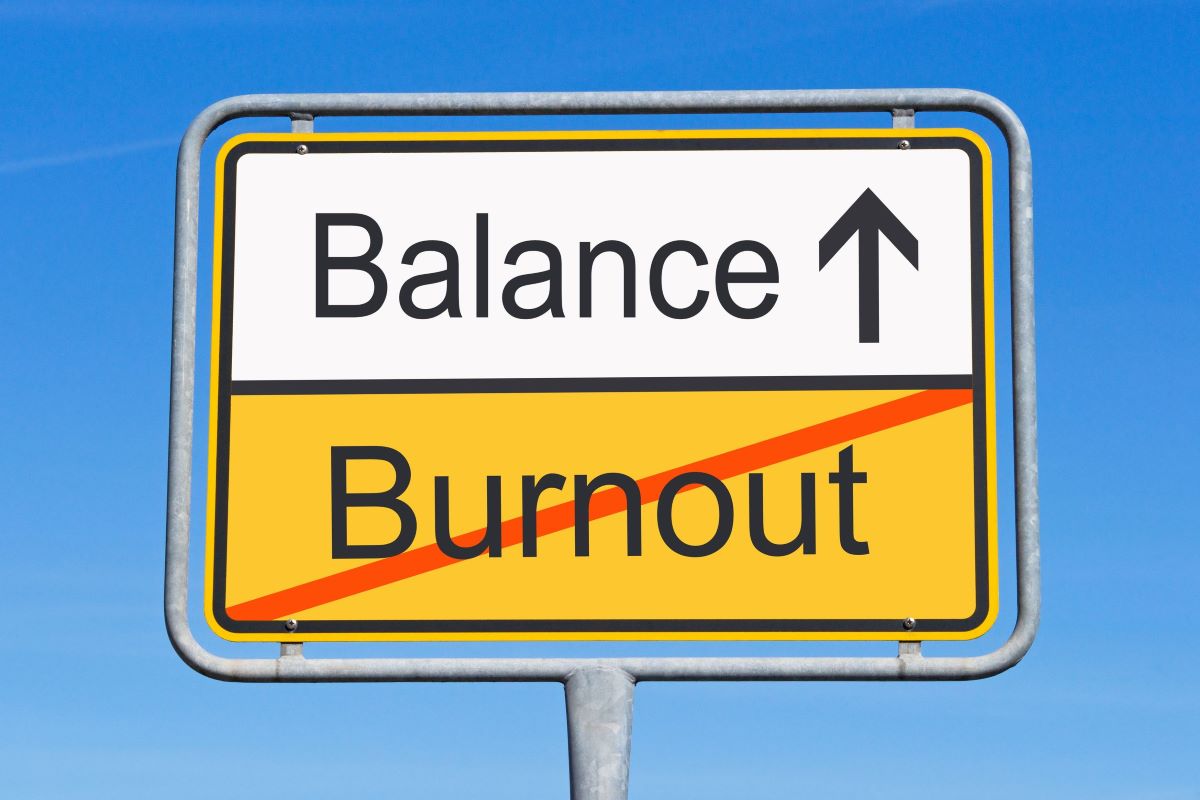The rise of workplace wellness
A long history and a fast transformation for one of the economy’s hottest sectors.

The renowned Johns Hopkins University psychologist George Everly traces the rise of wellness—and with it workplace wellness—back to Jonas Salk’s 1973 book, “Survival of the Wisest,” in which Salk argues that it’s not sufficient to be illness free, and that people can experience higher levels of wellness.
Everly, whose work has fundamentally shaped the fields of psychological crisis intervention and human resilience, says that for him, that marked the beginning of a new era of wellness. “The problem was how you do it,” he says. As a graduate student at the University of Maryland in 1978, Everly co-authored the first textbook on stress management and wellness at the student level. Titled “Controlling Stress and tension,” it takes a multifaceted, holistic approach to stress management and in effect offered an early example of the approach favored by today’s organizations.
However, Everly says now, the publisher at the time chose to frame the book in the context of pathology, and not as a work on wellness, which is what it really was about. Later, in post-doctoral work, Everly was involved in several early-stage workplace wellness prototypes. Kimberly-Clark and Johnson & Johnson were two. Those companies pioneered a membership approach, and emphasized exercise, organic foods, family membership, and membership terms that extended beyond retirement.
Next Everly and his team did a further test of wellness benefits in two settings, a hospital and a health-club chain. The benefits ranged from medical-related items, such as blood work and pulmonary testing to psychological and nutritional support. The hospital offered weight control and smoking cession along with nutrition and physical fitness. “We were looking not at pathology but testing for resilience,” Everly says.

“The hospital center prospered, but only because it was in a pathology oriented environment,” Everly says. “We identified that early on. The world back then was pathology oriented. But within a year or two the wellness facility at the racquetball club went out of business—insurance companies wouldn’t pay for it. No one was paying for wellness.” Wellness fell out of vogue, Everly says. In 1985, he and his colleague wrote the first textbook on occupational health and wellness programs. “It did poorly,” he says.
But by the early 2000s the concept was starting to be reborn. “I noticed that my health insurance program required me to take a health-screening inventory. Now there was an economic incentive. And that’s what we saw—slow beginnings,” Everly notes.
Fast forward to 2020. The pandemic changed everything. From the slow beginnings came an urgent need to evolve into new areas of care and ramp up quickly. “Crisis consists of two things—danger and possibility,” Everly says. “COVID has given us some opportunities, one of which has been to revisit this whole wellness thing.”
With a new and expanded focus on wellness came an increased focus on the importance of the wellness director, and new conversations about where the role of wellness and where the function should fit in the organizational hierarchy.
One example is Citrix Systems, the $3 billion software and cloud-computing company based in Fort Lauderdale, Florida. There, Senior Manager of Well-Being Kate Stemle notes that the wellness department originated as a compartmentalized unit of HR, but now is part of the conversation across the business. “That absolutely accelerated with the pandemic,” she says.
Similarly, while the company has generally taken a holistic approach to well-being, supporting not just physical health, but also mental, social, and financial well-being, it has shifted in response to the events of the past year. “We currently have a strong emphasis on mental health,” she says. “We’re supporting employees who are managing new or deeper anxiety, loss, fear, and depression as they navigate the pandemic.”
The pandemic, wellness executives say, corresponded with and contributed to the rising importance of the wellness-director’s role itself. “In my early years in the role, I was probably seen as the program owner of a handful of stand-alone well-being initiatives,” Stemle says. “Now, well-being has a voice in cross-functional initiatives. The role has evolved into a well-being center of excellence.”

Now, Stemle says, the wellness department consults with leaders across the business about the well-being implications of their projects and what practices they can adopt to promote employee well-being. “This includes looking at how the technology we use each day to do our work can affect our digital well-being,” she says.
Citrix’s experience in 2020 was duplicated across the U.S. and global economies. Organizations find themselves at different points on a well-being evolution. For instance, Draper, the nonprofit engineering-innovation company based in Cambridge, Massachusetts, initiated a series of successful wellness best practices during the pandemic designed to meet employees’ wellness needs and keep them productive and engaged whether in the offices, or remotely. “A big part of our response centered on our workplace wellness program,” says Benefits Manager Jennifer Bulens. “Just about everyone was dealing with some level of stress.”
Has the job changed? “Without a doubt,” Bulens says. “At Draper, workplace wellness is considered more than a side benefit. The pandemic brought more employees into active engagement with the wellness program, so you could say our jobs in HR changed as result.”
In the end, Johns Hopkins’ George Everly reminds people that by providing wellness and resilience best practice, organizations will better prepared for the next crisis. “It’s time to make our workforce psych and physically stronger than it has ever been before,” he says. “Abandon the pathology approach and take the prevention approach. Focus on personal resilience, organizational resilience, and community resilience.”

